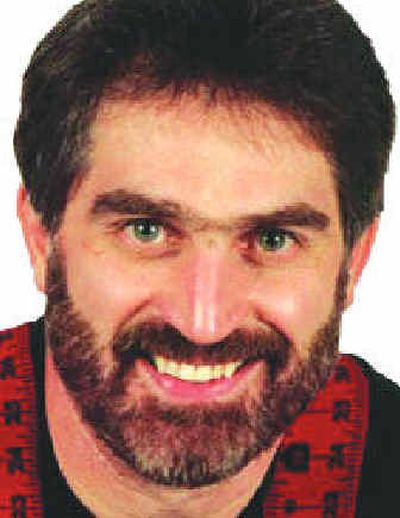Theory is really just some hot air

Q: My specific question is about cold air returns. The natural gas furnace is in the unfinished basement of my four-level home and the basement has a cold air return. One of the two top-level bedrooms has the only cold air return on that level. Since we don’t use that room, I close the door and keep the heat vent almost closed. There are cold-air returns in our living room and in a short hallway ceiling between our family and home office one level lower.
Would I save energy and increase furnace efficiency by blocking the unused cold air returns in the furnace and unused bedroom? It appears that half the return air comes from cold, unused spaces. I thought that if the return air were warmer to begin with, the heat from the furnace would increase the heat from the vents and, in turn, raise the temperature more quickly and run the furnace less often. Is it necessary to have all the cold air returns open, or am I the one blowing hot air? – Jim R., Newman Lake
A: Well, I’m going to blow some cold air on your theory. If you close the cold air returns, the reverse will happen: It will cost more to run the system in the long run.
Hopefully, a room-by-room “heat load” calculation (heat loss and heat gain) was done on your home before the heating system was installed to help determine the correct size ductwork and registers to match the airflow output of the furnace. The supply air ductwork and registers need to equal the return air ductwork and registers in total. The heat loss calculation helps to achieve a balanced system that works efficiently for maximum comfort. Closing off cold air returns and heat registers will only throw the system out of balance.
In your case, unless you have a 90 percent plus efficient furnace (i.e., a furnace that uses outside combustible air), a mixture of natural gas and house air both flow into a burner where the gas is ignited by an ignition source, such as a pilot light. The hot air from the burner flame rises to fill the heat exchanger. When it becomes hot, return air passes around it to absorb heat that is then carried up through the supply air ductwork and out the registers by the blower, at the same time as the products of combustion are vented to the outside.
Cold air returns are crucial to make the furnace work properly. Your furnace needs return air to cycle. If not enough return air comes into the furnace, then there may not be enough airflow to keep the heat exchanger from overheating. What this means is this: The heat exchanger temperature will rise rapidly, the high-temperature limit safety device/fan control may cycle to shut off the burner before the thermostat is satisfied, short cycling of the system can occur, and enough continued overheating can cause the heat exchanger to crack.
The extremely small savings you think will be achieved by closing off rooms, cold air returns and registers would be lost immediately in possible damage to your heating system. I suggest that you bring in a heating contractor to check your system to determine what would be best for you in your environment.